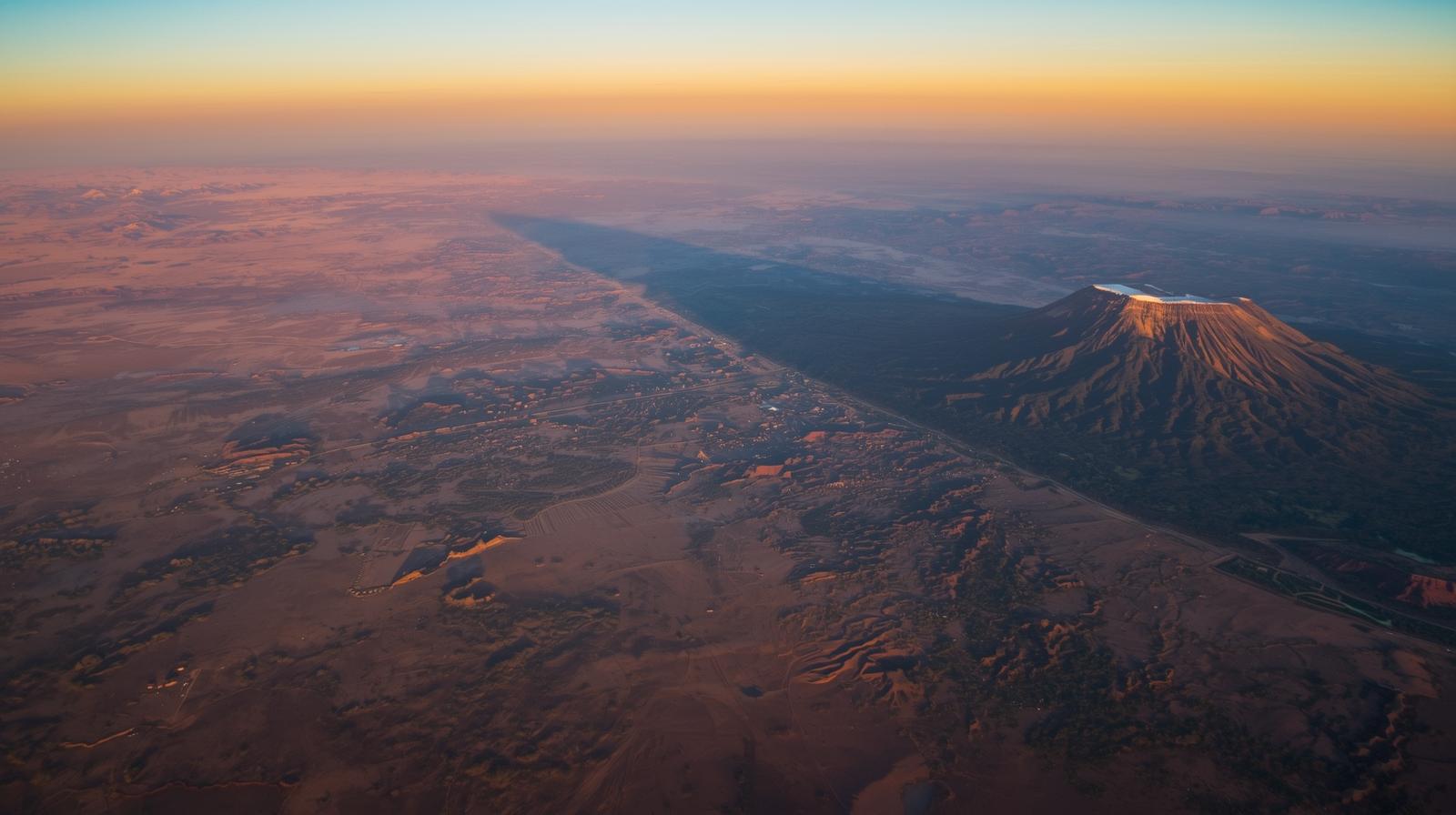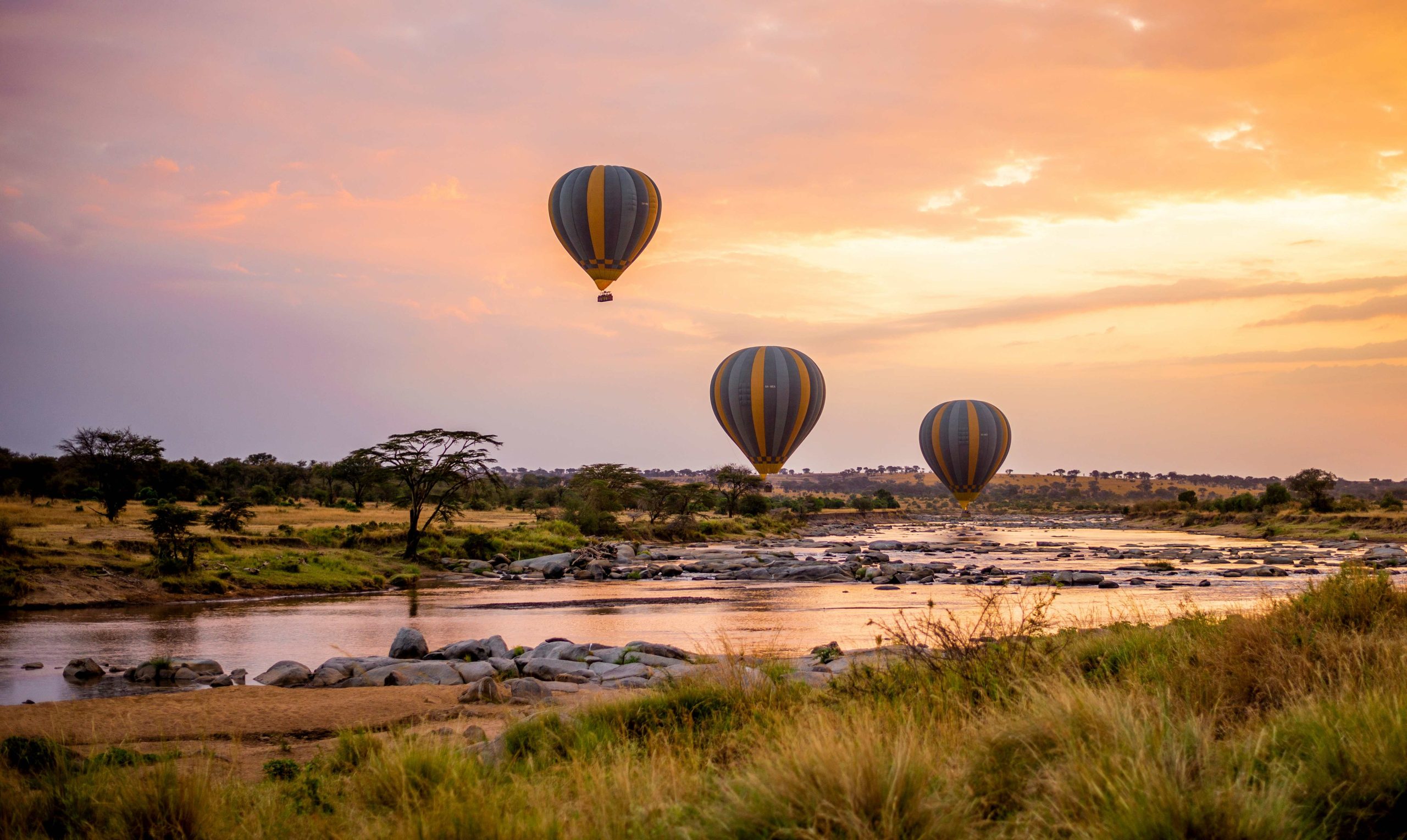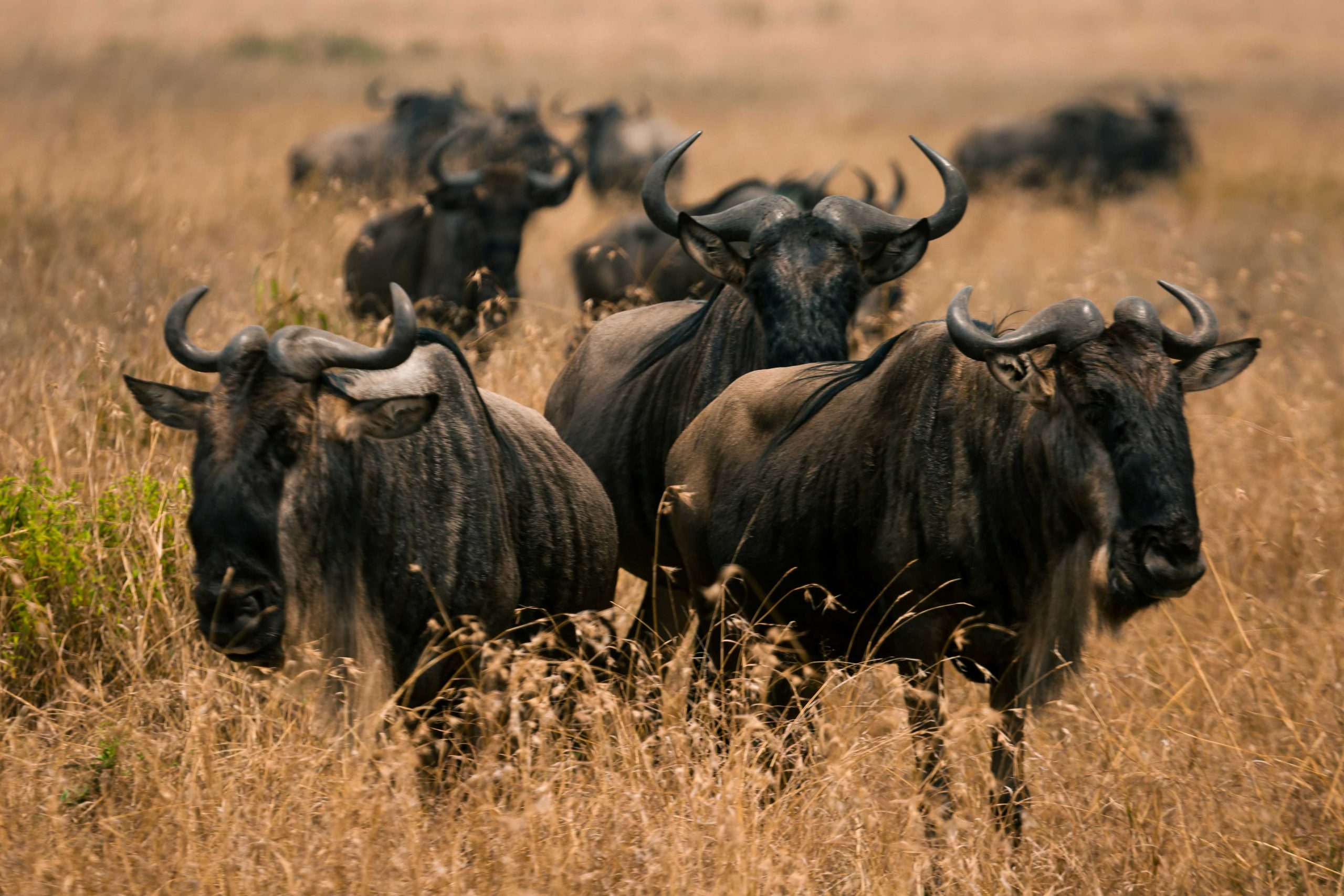Table of Contents
Introduction
As a safari professional with years of on-the-ground experience in both nations, choosing between Kenya and Tanzania comes down to style more than quality: Kenya compresses big-game drama into compact, easy-to-reach parks; Tanzania spreads epic, quieter wilderness across vast plains and remote reserves. Agasaro safaris has proven experience across the region to craft unmatched luxury wildlife packages in the East African region.

Quick take
Wildlife Safari Encounters
- Kenya: Best if you want intense, high-density sightings, dramatic Mara river crossings, shorter drives and compact logistics.
- Tanzania: Best if you want scale and solitude — huge parks, long game drives, hot air balloon safaris and deep wilderness (think central and southern Serengeti, Ngorongoro, Ruaha).
Culture and Language
- Kenya: English and Swahili are official languages; it’s a mix of over 40 ethnic groups, including Kikuyu, Luo, and Maasai.
- Tanzania: Swahili is more dominant as a unifying language, with over 120 ethnic groups, including Hadzabe,Sukuma, Chagga, and Maasai.
Related Blog: Cultural Tourism in East Africa

What makes Kenya and Tanzania unique?
Landscapes & wildlife at a glance
- Kenya: compact parks and reserves (Masai Mara, Amboseli, Samburu,Tsavo East and West, Ol Pajeta Conservation, Laikipia) with excellent predator sightings, private conservancies for exclusive experiences, and short transfers between high-sight spots. Best Kenya Parks by Month — 2025/26
- Tanzania: huge protected areas (Serengeti, Ngorongoro, Selous, Ruaha) offering sprawling wilderness, long game drives and large herbivore herds across more remote terrain.
Tanzania’s parks are generally larger and less congested; Kenya offers high wildlife density in easier-to-reach pockets.

Which country is better for watching the Great Wildebeest Migration?
Both — but for different highlights.
- Masai Mara (Kenya): Is famous for dramatic Mara River crossings between July and October, when the migration pushes north into the Mara and predators and crocodiles gather at fords. Witnessing a crossing is unforgettable but never guaranteed—timing and location shift year to year.
- Serengeti (Tanzania): Is the migration’s larger stage: southern Serengeti (specifically the Ndutu area) hosts calving season (December–March), and different Serengeti sectors hold herds through the year. If you want calves and intense predator-action in open plains, head to Tanzania in the wet/early year months. Read more about Serengeti vs Ngorongoro: The Ultimate Tanzania Safari Showdown

Practical Tip: If a river crossing is your “must-see,” plan travel windows (July–October) and accept some uncertainty. A local operator’s live migration tracking is the best on-the-ground predictor.
When is the best time to go on safari (seasonality)?
· Dry Season / Peak Wildlife Viewing: May–October (animals cluster by water, vegetation is sparse).
· Green/Shoulder Season: November–April — great for birding, lower prices, lush landscapes; some roads can be muddy in heavy rains (March–May).
· Migration Windows to Target:
- Calving (Serengeti, Tanzania): Dec–Mar.
- River Crossings (Masai Mara, Kenya): Jul–Oct.
Related Blog article for you to read: Month-by-Month Guide to the Great Migration 2025/2026
Kenya vs Tanzania for Wildlife Photography
- Pick Kenya for Action & Exclusivity: Better for high-action and close-up shots of river crossings and predator hunts. Many private conservancies allow more flexibility for off-roading to get the perfect angle.
- Pick Tanzania for Scale & Scenery: Better for vast, scenic landscape shots, capturing large herds against the backdrop of the iconic endless plains and the stunning, contained views of the Ngorongoro Crater.
Related Blog Article: The Ultimate East Africa Travel Photography Guide 2025/2026
Is Kenya or Tanzania safer for tourists?
Both receive millions of visitors annually and safari areas run by reputable operators are safe when common-sense precautions are followed. However:
- Check your government travel advisory and your operator’s local guidance just before travel.
- Conservation and land-use disputes can affect park access or lodge approvals; high-profile local disputes have made headlines and sometimes change permit rules or development plans. Always confirm park access and permissions at booking.
How much does a safari cost in Kenya vs Tanzania?
Costs vary by season, accommodation type, and private vs. group travel, but typical ballpark ranges used by operators are:
- Budget/Group Camping: Roughly US$150–$250 per person/day.
- Mid-range/Private: Around US$250–$600 per person/day.
- Luxury: Frequently US$700–US$1,500+ per person/day depending on exclusive camps, permits, and flights.
Tanzania can run slightly higher for remote parks because of logistics and park fees; Kenya’s compact circuits and a competitive lodge market often make mid-range options more abundant.
Budgeting tip: Factor domestic flight costs, park fees, tipping, and optional extras (balloon rides, cultural visits) into per-day estimates.
Can I combine Kenya and Tanzania on one trip?
Absolutely—many itineraries pair Masai Mara with northern Serengeti and Ngorongoro. Combining is best when you have 10+ days and are ready for cross-border transfers (air or road) and permit logistics.
Inquire about your dream safari now here: Inquire us
How many days do you need?
- Short, Focused Safari (Kenya): 4–7 days can be very rewarding (e.g., Nairobi → Masai Mara).
- Deeper Tanzania Experience: 8–12+ days recommended to include Serengeti, Ngorongoro, and a second park or beach extension (Zanzibar).
- Combined Trip: Allow 10–14+ days to avoid a rushed itinerary.
Sample 7-day itineraries (fast picks)
| Itinerary | Days | Best For |
| Kenya: Classic Mara Express or check out our Kenya Safari packages | 5–7 days | Short trips, high-density sightings, and easy logistics. |
| Tanzania: Serengeti + Ngorongoro or Check out our Tanzania Safari packages | 8–12 days | Deeper wilderness, calving season viewings, and multi-park circuits. |
How to choose — decision checklist
| Pick Kenya if: | Pick Tanzania if: |
| You want compact logistics and high sighting density. | You want scale, solitude, and long open plains. |
| You have limited time (under 10 days). | You’re chasing the calving season or a multi-park circuit. |
| Your focus is on Mara River crossings (July–Oct). | Your focus is on Ngorongoro Crater and the vast Serengeti. |
If you can’t decide: combine them when time and budget allow. Contact us to help you in the customization of your dream Kenya and Tanzania Safari now
Practical Planning: Logistics and Bookings
- Book Early for Migration Peaks: If river crossings or top lodges are on your list, book 9–18 months ahead—prime migration lodges and permits sell out.
- Transport & Time on the Road: Tanzania involves larger distances between parks, necessitating more internal flights or long drives. Kenya’s Serengeti counterpart (Masai Mara) is compact and often cheaper to reach by road from Nairobi.
- Health and Visas: Check immunization requirements and visa rules for your nationality. Malaria prophylaxis and travel medical insurance are recommended.
Responsible travel checklist
- Choose operators that hire and fairly pay local guides and that support community projects.
- Respect park regulations (no off-road driving if not allowed, keep distance from wildlife, no feeding).
- Consider longer stays and fewer flights to lower per-sighting carbon footprint.
Conclusion — Your Perfect Safari Starts With One Decision
Kenya or Tanzania? The truth is, you can’t choose wrong — but you can choose smarter. And with the right guidance, your safari becomes more than a trip… it becomes a story you’ll tell for life.
At Agasaro Safaris, we match you to the right destination, the right timing and the right wildlife moments — no guesswork, no generic packages, just expertly crafted journeys built around you.
Ready to turn this inspiration into a real adventure? Inquire now
Plan your safari with Agasaro Safaris now — and let the wild welcome you.
FAQ’s
Which country is better for the Great Wildebeest Migration?
Both. Kenya (Masai Mara) for river crossings (Jul–Oct); Tanzania (Serengeti) for calving (Dec–Mar) and year-round migration stages.
When is the best time to go on safari?
Late June–October (dry season) for concentrated wildlife viewing; Nov–May is greener, cheaper, and excellent for birding and calving season in parts of Serengeti.
Is one country safer than the other?
Neither is inherently unsafe — but check current advisories and confirm with your operator. Local land-use or development disputes can occasionally affect access.
How much does a safari cost per day?
Budget roughly US$150–$250/day for camping, US$250–$600/day mid-range, and US$700+ for luxury; Tanzania can be slightly pricier for remote, multi-park circuits.
Can I combine Kenya and Tanzania in one itinerary?
Yes — many operators offer combined Masai Mara → northern Serengeti circuits; allow at least 10+ days and confirm cross-border logistics.
How many days do I need for a good safari?
4–7 days for a short Kenya trip; 8–12+ days for a broader Tanzania circuit; 10–14+ days for combined itineraries.